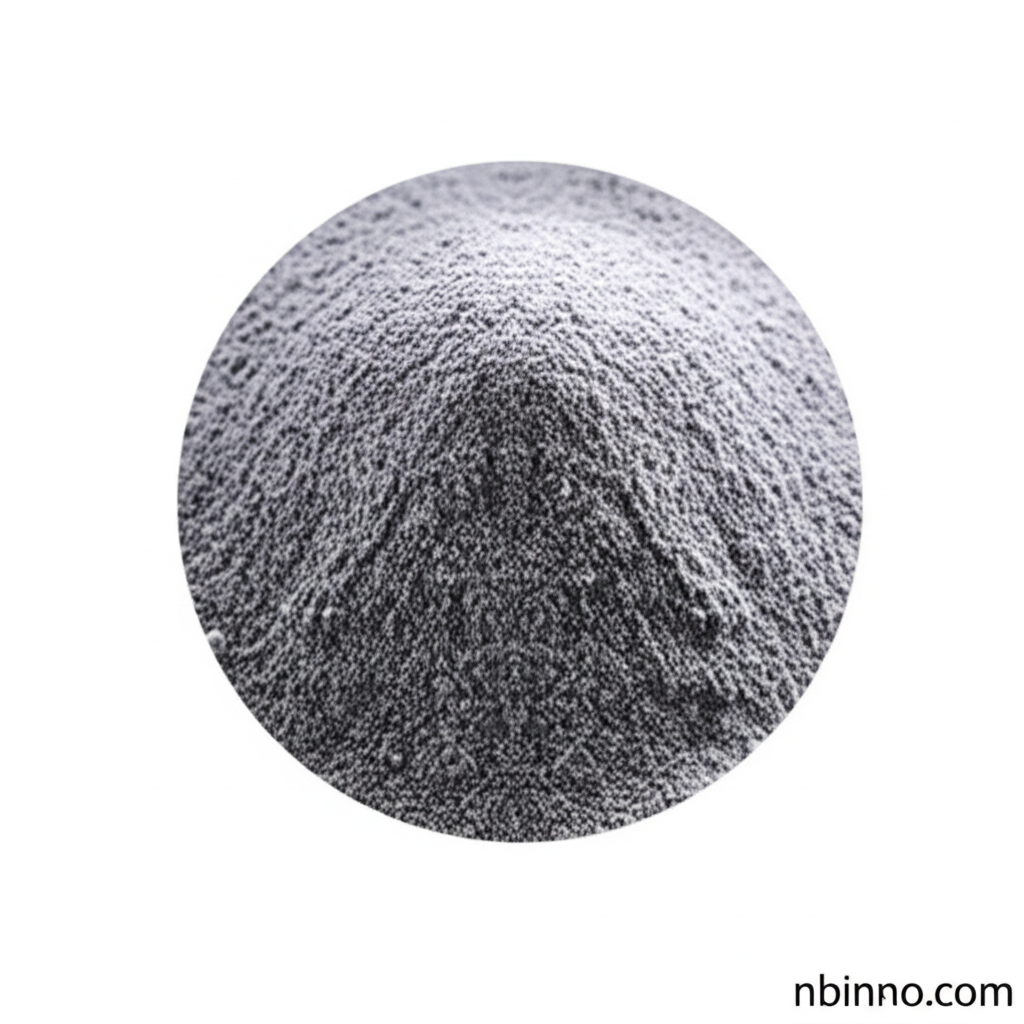4-Dimethylaminobenzaldehyde: A Versatile Reagent for Chemical Synthesis and Analysis
Discover the key properties and applications of this essential organic intermediate.
Get a Quote & SampleProduct Core Value

4-Dimethylaminobenzaldehyde
4-Dimethylaminobenzaldehyde is a crucial organic intermediate known for its role in various chemical reactions and analytical procedures. Its high purity and specific chemical structure make it indispensable in research and industrial applications.
- Explore the chemical intermediate for drug synthesis applications of 4-Dimethylaminobenzaldehyde, leveraging its reactive aldehyde group.
- Utilize 4-Dimethylaminobenzaldehyde as a reliable Ehrlich reaction reagent for qualitative and quantitative analysis.
- Employ this compound as an effective indole detection reagent in biological and chemical studies.
- Understand the critical CAS 100-10-7 chemical properties that define its reactivity and utility in various synthesis pathways.
Key Advantages
High Purity Assurance
Benefit from the high purity of 4-Dimethylaminobenzaldehyde, ensuring reliable results in complex chemical reactions and analytical tests, crucial for accurate chemical synthesis reagents.
Versatile Reactivity
Leverage the inherent reactivity of 4-Dimethylaminobenzaldehyde, making it a versatile component in creating complex molecules and for use as pharmaceutical building blocks.
Analytical Accuracy
Ensure precise analytical outcomes when using 4-Dimethylaminobenzaldehyde for assays, contributing to the efficacy of analytical reagents for biochemistry.
Key Applications
Organic Synthesis
As a vital chemical intermediate for drug synthesis, it participates in condensation reactions to form complex organic molecules.
Analytical Chemistry
Used as a reagent in colorimetric tests, such as the Ehrlich test for indoles and amines, vital for indole detection reagent applications.
Biochemical Research
Its application in protein assay chemical analyses highlights its importance in life science research and development.
Pharmaceutical Development
Serves as a fundamental component for various pharmaceutical building blocks, aiding in the creation of new therapeutic agents.
